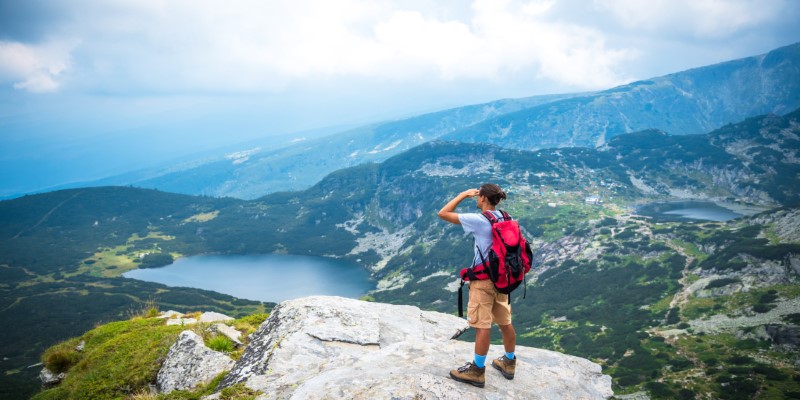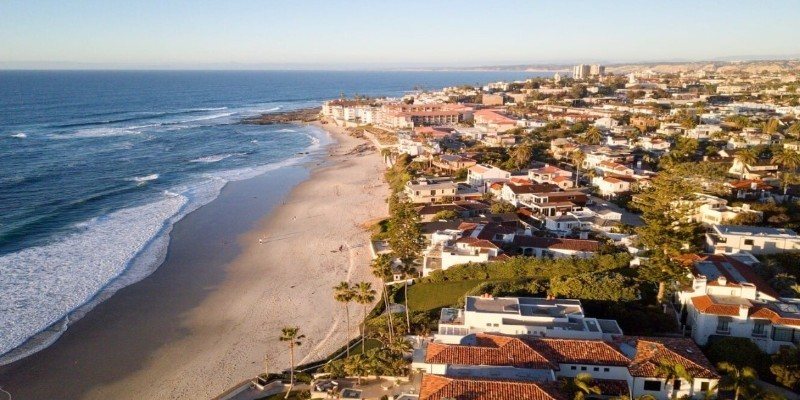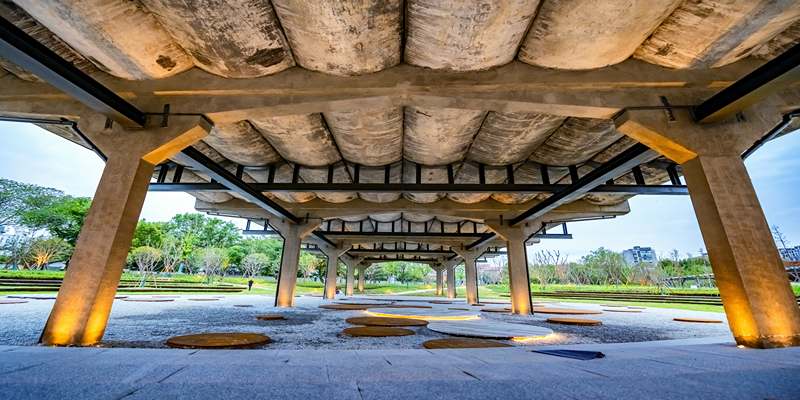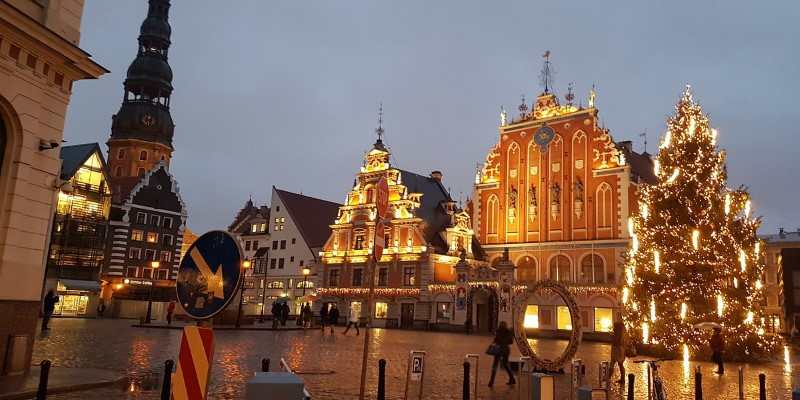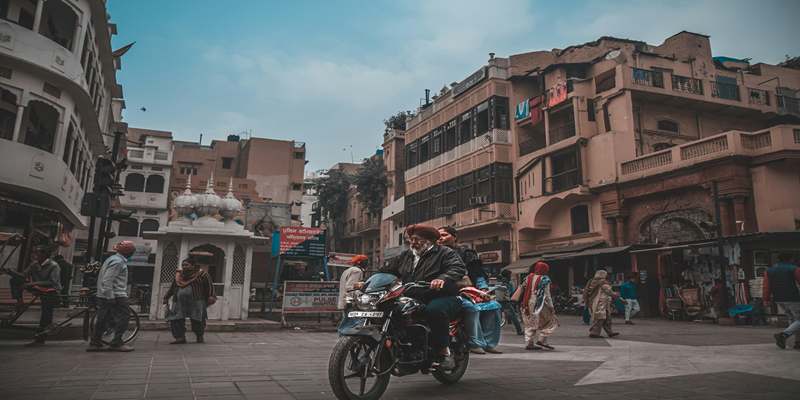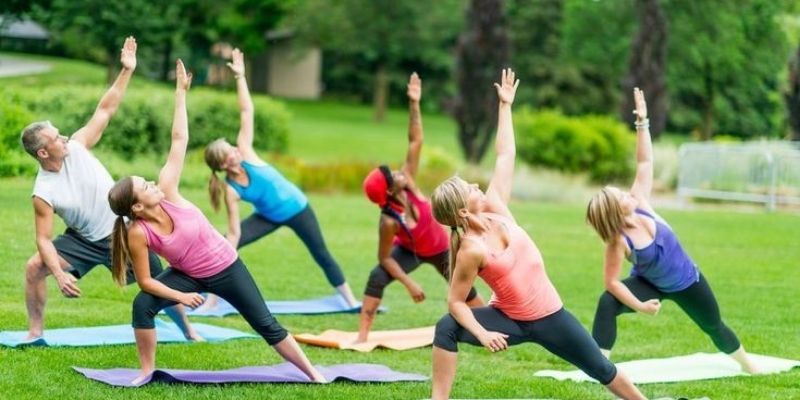New York City is often described through its buildings, traffic, and sheer density of people—but some of the city's most treasured spaces are the quiet (and not-so-quiet) green patches tucked between the noise. Parks here are more than places to sit on a bench or take a walk. Each one carries a certain personality. Some lean into nature. Others are into art. Some give you skyline views you didn't know you could have without spending $40 on an observation deck ticket. Here are ten parks worth visiting—each offering something different and worth your time.
10 of the best parks in New York City
Central Park – The One You Think You Know
It's simple to declare Central Park is iconic, but that term doesn't say much. What is better said is this: if you spend a day here, you'll know why it's on every postcard. The scale alone makes it difficult to get through in one visit, but various corners yield various moods. Sheep Meadow is a good place to spread out when the sun's shining. The Ramble provides you with a little bit of woods amid Manhattan. Bethesda Terrace is the hub of something—even though you're not entirely sure what. And if you enjoy people-watching, the Mall is perfect for that. Joggers, performers, children running after bubbles, artists doing portraits—it's all happening.
Prospect Park – For When You Want Space to Breathe
Designed by the same duo who worked on Central Park, Prospect Park feels a little less polished in the best way. The trees seem thicker, the grass a little wilder. It’s where locals come to stretch their legs, throw a frisbee, or lie in the grass and do nothing at all. The Long Meadow gives you an uninterrupted stretch of green you don’t expect in Brooklyn. The Nethermead is quieter, tucked away, almost like it's hiding. And the Prospect Park Zoo is right there, too, if you're with kids—or just curious.
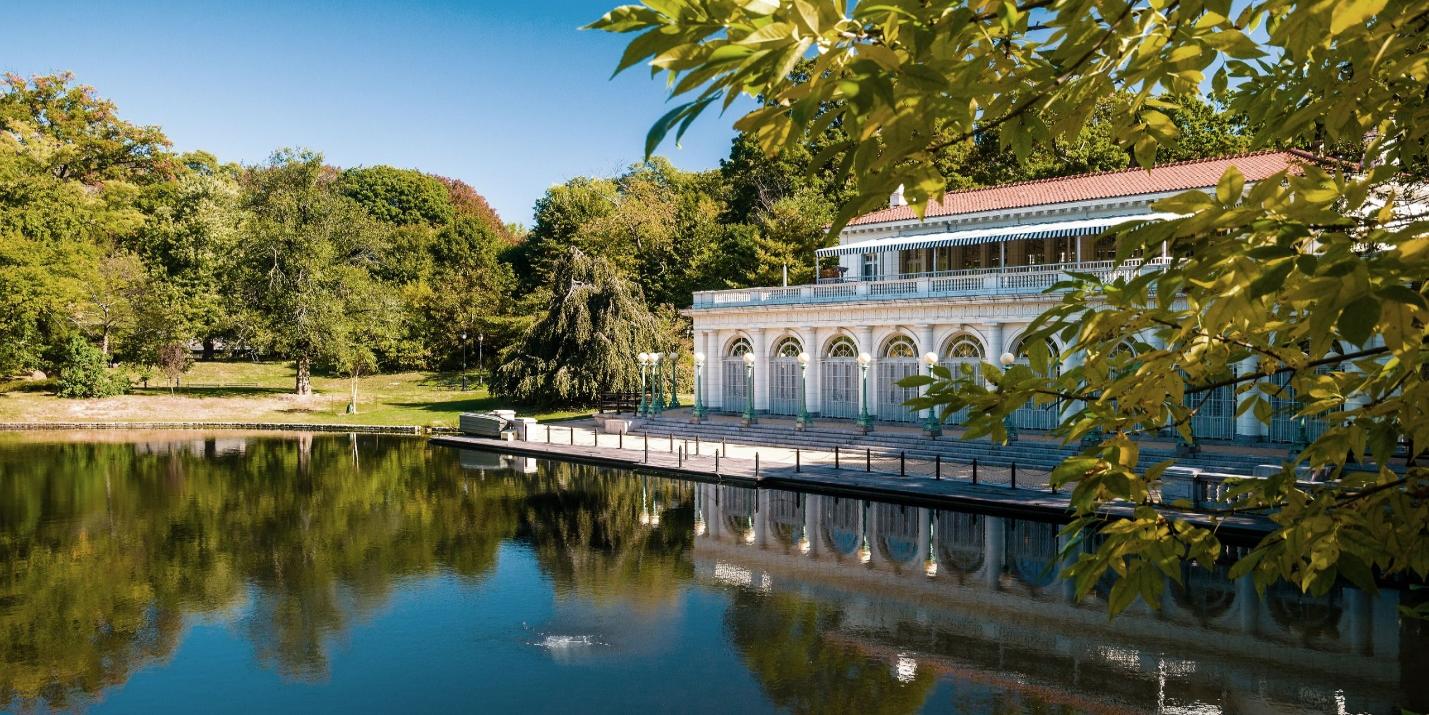
Fort Tryon Park – Views and Solitude
Tucked up in Upper Manhattan, Fort Tryon Park doesn't get as many tourists, which is part of its charm. The paths curve around hills, gardens bloom in pockets, and benches face sweeping views over the Hudson River. The Cloisters museum is inside the park, too, which gives you medieval art and stone arches that feel out of place—in a good way. In spring, the Heather Garden turns into something you'd expect in a countryside estate.
Washington Square Park – Small But Loud
This isn't a place you come to for silence. It's where students from NYU sit cross-legged on the ground with headphones in, where chess players slam down pieces with a snap, and where saxophone players loop the same tune for hours. The arch is the visual anchor. The fountain is the sound anchor. There's usually someone dancing, skateboarding, or holding a handwritten sign that doesn't always make sense. It's messy, noisy, alive.
Flushing Meadows-Corona Park – For the Unexpected
Most people know the Unisphere—that giant metal globe from the World’s Fair photos—but this park is more than one landmark. It’s a big open space in Queens that includes lakes, art museums, a science center, and tennis courts used in the U.S. Open. There’s room here to stretch out, but it’s the unexpected things that stand out. Street vendors selling elote. Impromptu soccer games. Long walks that start with no plan and end in a place you didn’t mean to find.
Bryant Park – The City in Miniature
In Midtown, where buildings press close and everyone’s in a hurry, Bryant Park offers a place to sit with a coffee and breathe. It’s not large, but it’s always active. Tables fill up with people playing cards, sipping drinks, or just watching others. In the winter, it turns into a market and skating rink. In summer, it hosts outdoor movies and concerts. There's always something happening, but it never feels chaotic. It’s as if the city knows this is where it can pause.
Riverside Park – A Long, Quiet Stretch
Running along the west edge of Manhattan, Riverside Park feels like a place you go to clear your head. You can walk or bike for miles along the Hudson, with breaks in the trees offering views across the water to New Jersey. The park is narrow but stretches far, which makes it ideal for joggers and cyclists. Benches are scattered every few feet, so it’s easy to stop, sit, and do nothing. A lot of people walk their dogs here. A lot of others just walk.
The High Line – A Walk Through Art and Sky
Built on an old freight rail line, the High Line is less of a park and more of a path above the street. But what makes it memorable is how the city wraps around it. You’re walking past buildings and gardens at the same time. Public art installations pop up when you’re not expecting them. Some spots offer benches carved into the walkway, where you can sit and watch traffic move below. It’s not the place to have a picnic or nap on the grass, but it’s perfect if you want to see the city from a different angle.
Domino Park – New, But With Roots
This waterfront park in Williamsburg sits on the site of the old Domino Sugar Refinery. Instead of erasing that history, the park leans into it. Industrial pieces from the factory have been turned into sculptures and play structures. The walkway along the East River gives you some of the best skyline views you can find without leaving Brooklyn. The splash pad is packed with kids in the summer. The taco stand nearby is almost always busy. It's not huge, but it feels thoughtfully done.
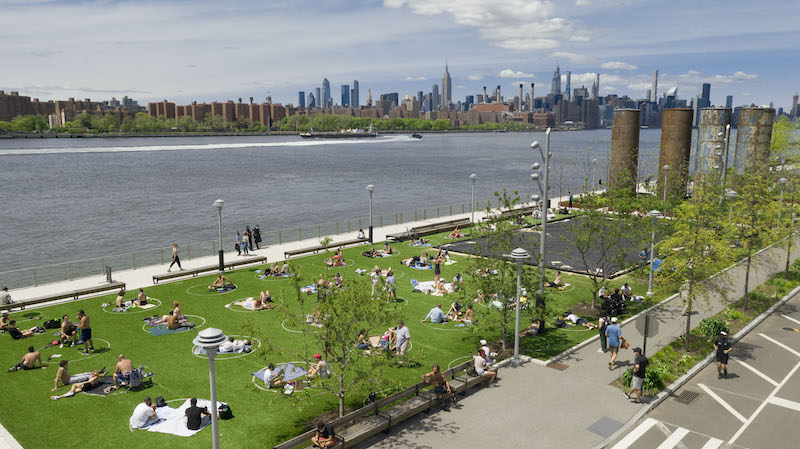
Pelham Bay Park – The Biggest One You Probably Haven’t Heard Of
In the Bronx, far from the tourist maps, Pelham Bay Park is technically the biggest park in the city. It’s more than three times the size of Central Park. That’s hard to imagine until you’re in it. There are forests here, trails that feel like they don’t end, and even a beach—Orchard Beach, which feels like a throwback. It's not as manicured as other parks. You won’t find rows of cafes or postcard-perfect statues. But you’ll find space, quiet, and the kind of scenery that makes you forget you’re still in New York.
Conclusion
There's no single way to define what a park in New York means because each one offers something the others don't. You could spend weeks moving from one to another and still find corners you hadn't seen before. Some parks pull you in with views, others with noise, and others just with the promise of a few still minutes. They all exist within the same city but feel like entirely different places, which is kind of the point.


